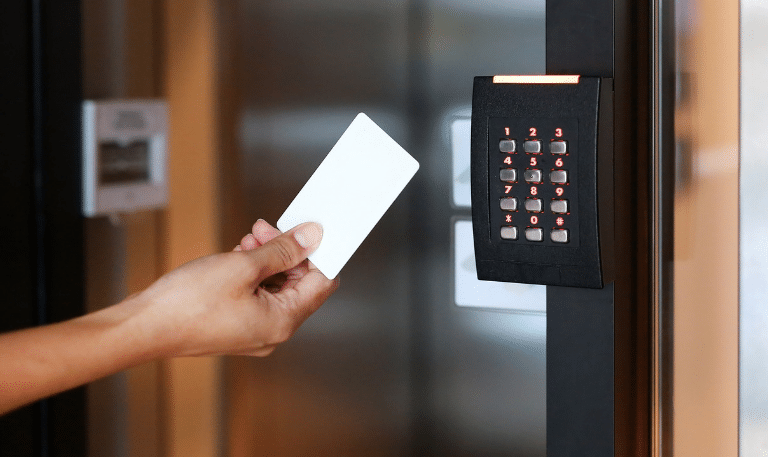Smart Cards For Access Control
Guest writer David Smith shares on the role of smart cards in access control.
Any organization or facility be it a school, university, office, warehouse, hospital or even a residential building needs to implement access control to its physical as well as logical resources. Examples of physical resources could be the premises, equipment, facilities etc while logical resources could include networks and other applications supported by the organization.
Access control involves identity verification as well as determination of the specific resources which the individual can access and the level of access he/she is allowed. Facility managers are required to establish policies and procedures to ensure the overall security of the organization and also implement a robust and easy to use access control system according to the established policies.
Smart cards have been used for many years now in access control solutions in each of the above scenarios. In offices, they provide a solution for access control as well as attendance management. In residential buildings they provide easy access to residents while keeping intruders from accessing resources like gyms, clubs etc. They also provide an automatic audit history for every time any resource was accessed.
Sometimes a single smart card can be used to control access to both physical resources and multiple applications by providing functionality similar to single sign-on. Flexibility, versatility and the inbuilt security features of smart cards have made them an irreplaceable feature of many access control systems.
While smart card technology has evolved over the years from magnetic strip cards to NFC based contactless smart cards, the principle involved is the same. A plastic card contains an embedded computer chip which can store data and/or instructions. In case of access control solutions the data stored is unique for every user. The data can be read by the card reader which is usually installed at the entrance of the building / facility or on the equipment for which access needs to be controlled.
The reader reads the card data when the card comes into contact with the reader (in case of contact based smart cards) or when the card is brought near the reader (for contactless smart cards). The reader communicates this information to the access controller which carries out the required processing to grant or deny access. Thus smart cards can be used to verify and grant access. Following are the additional advantages of smart cards in access control solutions.
- Increase accountability: Every entry and exit is accounted for in a card access control system. Anyone trying to breach the system or impersonate other users can easily be tracked. Thus the likelihood of fraudulent activities is reduced and these systems provide better data of catching culprits in case something happens.
- Ease of policy updates: Facility managers can easily apply policy updates applicable to various equipment, facilities or groups of people. This involves allowing or denying access and privileges to specific departments, rooms, equipment, facilities at specific time of the day, week or month.
- Protection against loss: Once a lost card is reported it can easily be cancelled in the system so that it cannot be used for fraudulent access by anyone else.
- Use of utilities: Card based access control systems can be integrated with other utilities to switch off lights / fans / aircons / LCD’s when the premises are not in use. This can not only help reduce utility costs but is also beneficial for the environment.
- Visitor management: Card based systems help in easy visitor management. Depending on the purpose of the visit, access can be granted to specific areas of the building or facility for a limited period of time.
- Providing insights: The information captured by the smart card system can be used to generate insights about resource usage which provides an opportunity to managers to better plan and utilize available resources or discard the ones which are not in use.
- Logical access: Smart cards when used for controlling logical access to computers, networks and applications provide a secure way of accessing these components without the need to remember different strong and very strong passwords.
- Inexpensive: When ordered in bulk quantities, smart cards can be considerably cheap and affordable, thus reducing the overall cost of the solution.
- Integration: Smart cards may be easily integrated with smart phones or other wearables like wrist bands so that users can wear their keys/identity. They can also be integrated with biometric authentication where the biometric template can be embedded in the card and matched with the actual biometric scan at the point of entry.
Smart cards not only provide numerous advantages for an access control system but also provide the flexibility to integrate with latest technology and access control requirements and easily support changes in policies and procedures. This the reason why they have been and will continue to be the mainstay of access control applications.
David Smith is a cryptographer with 12 years of experience in both the public and private sectors. He is currently working on his second startup (currently in stealth mode) that will track and interpret the use of contactless payments in the Greater China region. His expertise includes: system design and implementation with contact and contactless smart cards, smart card personalization, mobile payments, and general knowledge and experience with APAC market trends and consumer preferences.
-
Stay up to date with the latest news and Security updates.
- Subscribe


